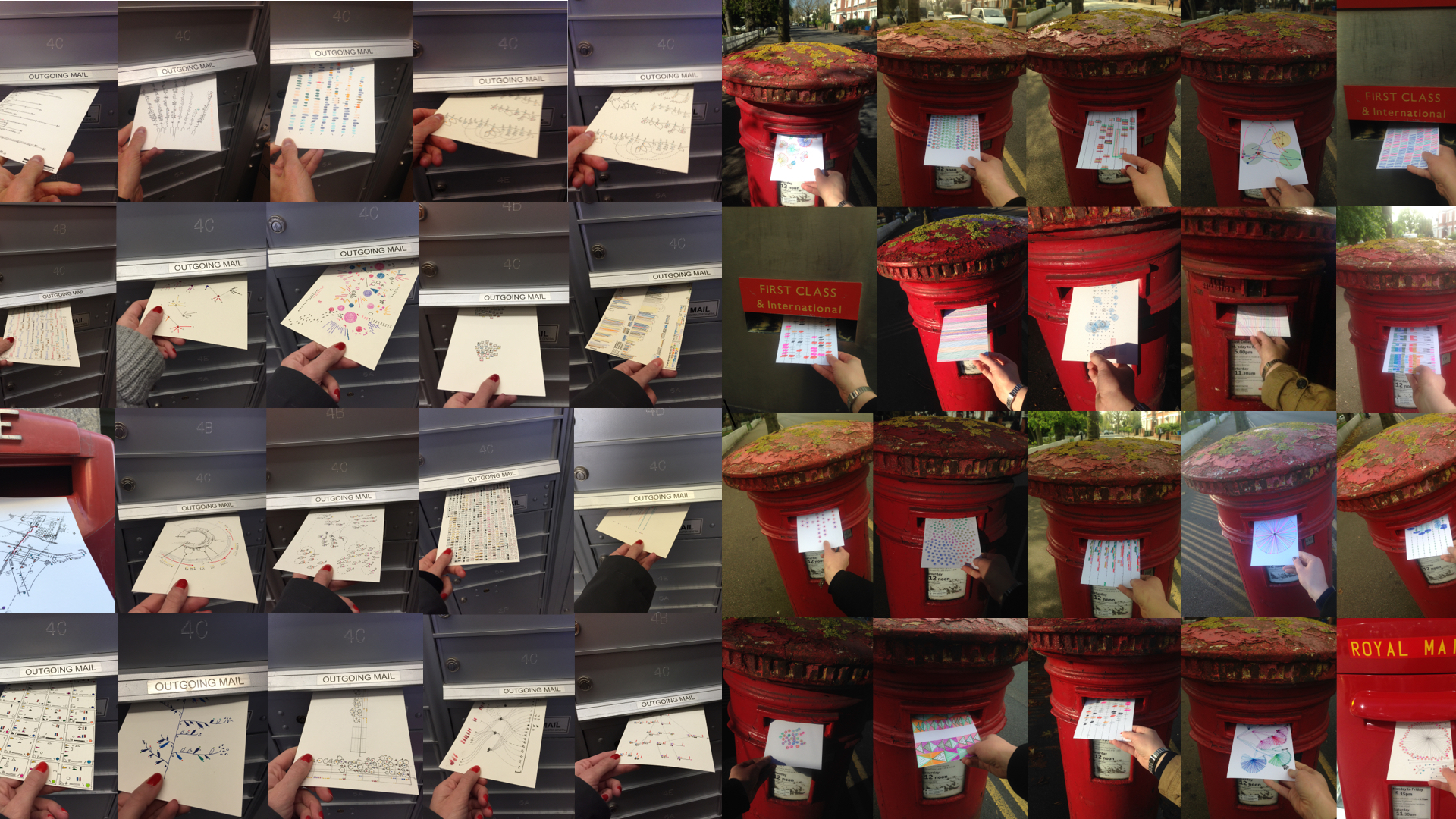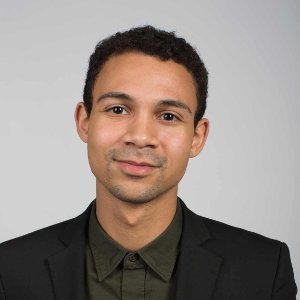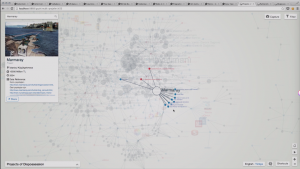
Okunseinde’s Afronaut on the street
Salome Asega & Ayodamola Okunseinde
http://ayo.io/about.html
video presentation
Salome Asega and Ayodamola Okunseinde are two artists who have collaborated together over many projects including workshops, their museum The Iyapo Repository and many outreach projects that involve going into the streets of Brooklyn and collaborating with passerbys. Their works all address the lack of representation of black people in projections of the future. Salome Asega is a Brooklyn based artist who specializes in interactivity and installation art. Salome studied Design and Technology at Parsons as well as Social Practice at New York University. Okunseide is based in New York and also specializes in interactivity as well as wearable technology. Okunseide also studied Design and Technology at the New School in New York.
I admire both of these artist’s work because they are both highly dependent on participation and interaction of viewers. Asega’s personal work involves creating a collaborative pirate radio station and Okunseinde’s involves him dressing up as an “Afronaut” and walking the streets of New York and interacting with passerbys. I enjoy how heavily exterior variables have the potential to affect these artist’s works. In their presentation they both presented their personal work first and then moved on to their collaborative work. I enjoyed this because it was interesting to see how certain aspects of their personal work still arose in their collaborative work. They also started the presentation with a brief discussion on the discrimination of black people throughout history.
![[OLD – FALL 2016] 15-104 • COMPUTING for CREATIVE PRACTICE](../../../../wp-content/uploads/2020/08/stop-banner.png)



